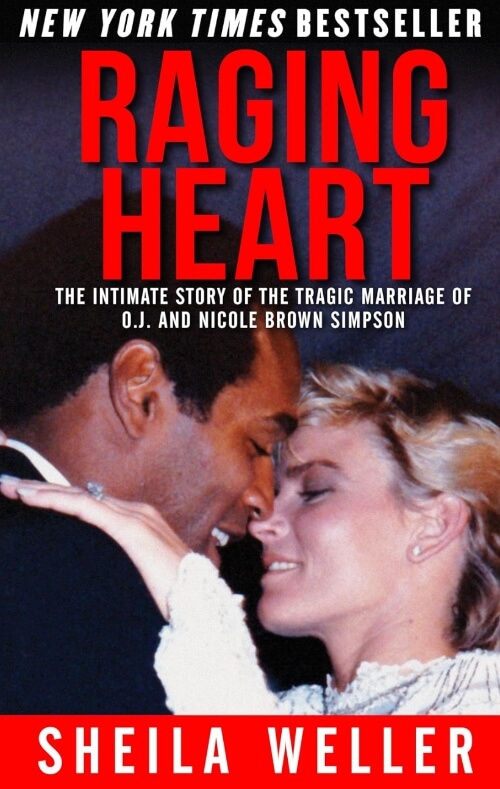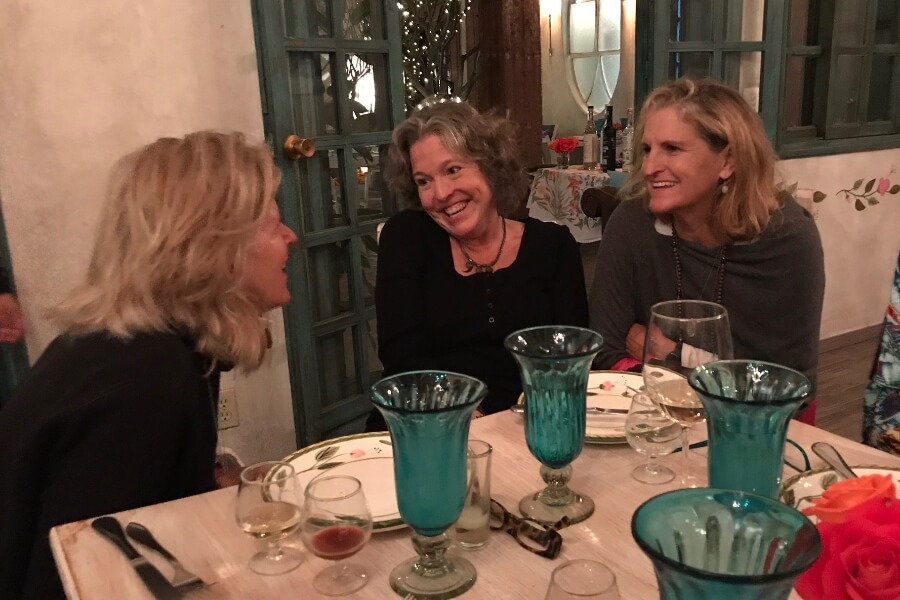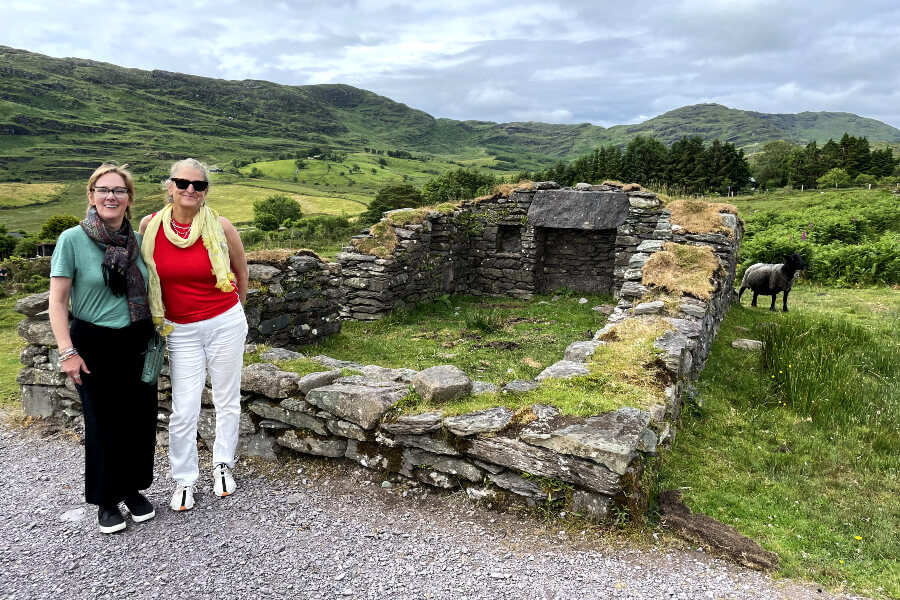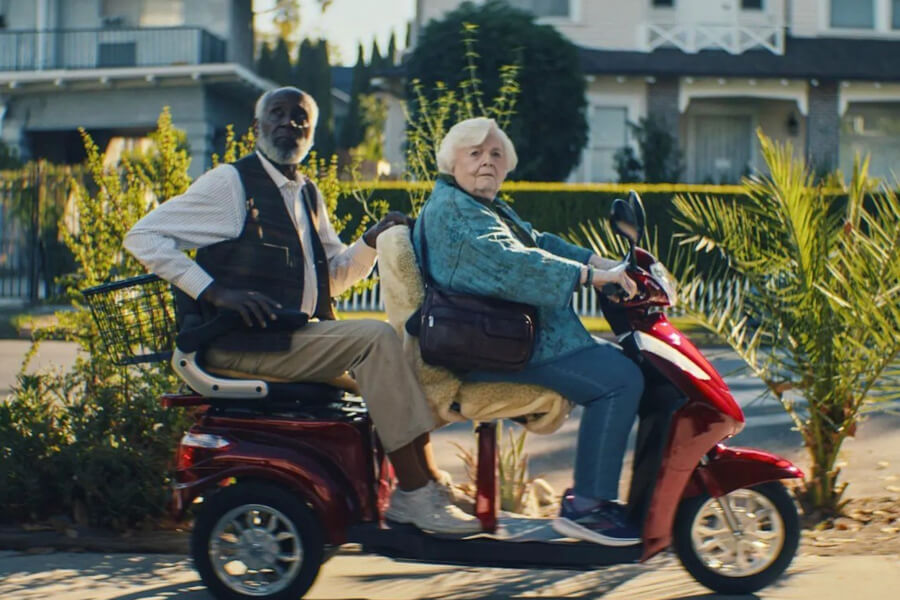“O.J. Simpson is dead, of cancer, at 76.”
The announcement had everyone remembering precisely where they were when they heard, on June 12, 1994, that Nicole Brown Simpson and Ron Goldman had been brutally knifed to death in the courtyard of her house on South Bundy Drive in Brentwood. We all then became captive to the un-quittable years-long melodrama — from the Bronco chase onward — that was The O.J. Case.
The announcement of his death had TV commentators reprising the context of the moment. Here was a lionized Black celebrity—star Buffalo Bills running back, amiable Hertz spokesman and actor, a charismatic, suave man who was so proud of being, as he put it, “not Black or White; I’m O.J.”—on trial for the brutal murder of two White victims.
One was his beautiful 35-year-old ex-wife with whom he had had a passionate, turbulent 18-year- long relationship. She was the mother of Sydney, their 8-year-old daughter, and Justin, their 5-year-old son.
The other was a handsome 26-year-old waiter at the restaurant where she had gone with her parents and children after her daughter’s dance recital.
And it was all happening in L.A., where, months earlier, riots had occurred after a Black man, Rodney King, was televised being mercilessly beaten by four White policemen. On top of which, at O.J.’s murder trial, a massive amount of evidence was counteracted by a swaggering White police detective, Mark Fuhrman, who had admitted to using the “N” word, adding to the tension.
The trial was nine months long, but the jury acquitted O.J. after a mere two hours. The sharp divide between Blacks’ and whites’ view of justice was stunningly obvious. (O.J., of course, was found guilty in the subsequent civil trial, but he never paid the Goldman family the money he was ordered to.)
Read more: Celebrating Joni Mitchell Who Has Sung Us Through Pain and Onto Joy
The Aftershocks of O.J.’s Death

While most of the country was reliving their own memories of what the case meant to them, I was reliving my memories of an unbelievable year of being plunged into the very center of the story.
I flew out from my home in New York to my childhood hometown of West L.A. on July 6th, less than a month after the murders. I was contracted by Atria/Simon and Schuster to write a book about the relationship between Nicole and O.J.
I had gleaned early on that there was tragedy as well as violence; that they had given to their community of friends a lot of positive qualities; that there was poignance and complexity in their story. With a self-confidence that I’m stunned to remember, these 30 years later, that I possessed, I had approached Nicole’s parents and asked if they would bless the project and let friends of the couple know it was all right to speak to me.
As I had with a previous true crime book I had written about a woman killed by her husband, I felt the children would feel their privacy invaded by my work. So, I offered to give them a part of my advance in exchange for my gathering and revealing sometimes painful personal information about their parents. The Browns accepted my offer.
“The couple had given their community of friends a lot of positive qualities; there was tragedy here as well as violence.”
The Simpsons lived in Brentwood, a wealthy, bucolic community. Before Nicole moved out into her much smaller and far more modest abode, they lived in the grand, elegant house on Rockingham where O.J. still lived in. They were the center of a social circle where families shared holidays, barbecued, played softball, took being PTA parents seriously, and enjoyed their lives with panache.
I got to know the inner circle of the couple’s friends very well. Many of OJ’s buddies were white, up-from-working-class, self-made business entrepreneurs. They had sports agencies, clothing companies, restaurants — and had been so thrilled to count “Juice” as one of their best friends. They were flattered by, not worried about, his obsessive 4 AM calls to them about Nicole. They were so excited to be his confidante that they failed to take seriously his deep pathology, even though he had been violent with her in the past and much of this was public. He had beaten her on New Year’s Eve 1989 — and had been arrested, but his fame, charm and money got him out of it with a mere hand-slap of a punishment.
Nicole was not a classic “battered woman,” according to the then-current model of her being controlled and cowering. She was outwardly tough and independent: “She gives as well as she gets,” a business executive friend of O.J.’s told me. (I shudder at the thought of this now.) “After one of their fights, I told them: `You two! Move 10,000 miles away from one another!” she said.
Yes, Nicole’s resumption of her affair with handsome football player Marcus Allen (a man considerably younger than O.J.), could be thought of as a bullfighter flapping a cape in front of the frustrated animal.
His Chilling Secret Confession
The official story of these male friends was that they were rallying around their innocent buddy, but underneath, they knew better. Through them, I heard the hugely shocking story that O.J. had indeed angrily barked out his guilt — “Yeah, I killed her!” — to a friend, when he first flew in from Chicago to meet with police on June 13. And that, at Nicole’s wake, he had emotionally blurted out: “Oh, I loved her! I loved her too much!”
“O.J. had blurted out, “Oh, I loved her! I loved her too much!”
The women had no doubts about his guilt. They adored their generous, stunning, life-loving friend whose whole adult life had been wrapped around O.J. (she met him when she was 17). They worried that her on-again-off-again relationship with him was leaving her vulnerable. “You don’t leave a man like O.J. Simpson twice,” said one of them, a dynamic woman who became my friend for many years.
Another woman — probably Nicole’s best friend, who became a kind of second mother to Sydney and who also became a friend of mine for several years– very confidentially gave me the name and phone number of O.J.’s psychotherapist. I was to call him, a media-happy guy, as if I did not know who his top-secret patient had been and was just innocently interviewing him about his Hollywood practice. So I did. After a few minutes of this harmless banter, I asked him: Was it true that O.J. Simpson had been his client just before the murders? The man nervously blurted out that nothing O.J. had said had given him any reason to report him as dangerous to the police. And then he hung up on me.
Uncovering the Awful Truth
In all, I talked to 80 people, many of whom had known O.J. and Nicole very well. During those extremely emotional days of summer 1994 some of them would call me in the middle of the night; I was their confidante! And they were feeling guilty that they hadn’t taken his obsessiveness — or the seriousness of the drama between them — seriously enough.
His dramatic testimony for the prosecution helped make my book the top of the national news on the day he testified.
The adulation of the self-made men who surrounded O.J. reinforced the notion that he could do no harm. Nicole had become an expert at hiding the bruises that increasingly marred her. Plus, the incidents of violence were truly few and far between, next to the halcyon life that they lived and the warm, fun, positive umbrella under which they sheltered their friends. “Such good, good times we had,” wistfully recounted one of Nicole’s longtime best friends. “The bad times they kept to themselves.”
I researched and wrote my book, Raging Heart: The Intimate Story of the Tragic Marriage of O.J. and Nicole Brown Simpson, so fast my head spins at the memory. The fact-checker and production editor and I were at the printing press in Illinois with the manuscript in early January 1995, rushing to get it out days before the trial started. (I had given up my seat at the September ’94 preliminary hearing to keep up with my hectic schedule.)
The night before the trial opened, prosecutor Chris Darden called me to find out who the source I called “Leo” was. He was Ron Shipp, a Black officer and domestic violence expert to whom O.J. had made a quite damning semi-confession very early on. Ron became my close buddy during the reporting—and his dramatic testimony for the prosecution (“Tell the truth, O.J.!” he implored from the witness stand) helped make my book the top of the national news on the night of the February day on which he testified. I remained friends with Ron and his family for many years afterward.
How Times Have Changed
For me, O.J.’s death brought back memories of being in the thrilling, poignant deep-inside of the saga that all of America was addicted to. We’ve learned a hell of a lot about domestic violence since then — and I’m even embarrassed to be talking at all positively about this man who was clearly the remorseless violent killer of two people. But, truth is, back then I saw some of this as a Shakespearian tragedy — and a lesson: Violence could, and did, exist within an outwardly enviable marriage that nourished a community of friends.
Today, thank God, a man wouldn’t be able to plead himself out of a domestic violence arrest the way O.J. had.
Today, thank God, a man wouldn’t be able to plead himself out of a domestic violence arrest by charm and fame and charisma, like O.J. did after New Year’s Eve 1989. The signs of danger would not be brushed aside or minimized by close confidantes delighted to be the friends of a sports hero.
It’s funny; for some reason, the words that Nicole spoke to the 911 operator during another of O.J.’s threats have haunted me for months now. “He’s O.J. Simpson; I think you know his record,” she said, in a composed but vulnerable voice, laced with irony and frustration. I think you know his record: We do know it now, all too well.
Read more: The Shocking Family Secrets Behind the Infamous “Black Dahlia” Murder





















0 Comments